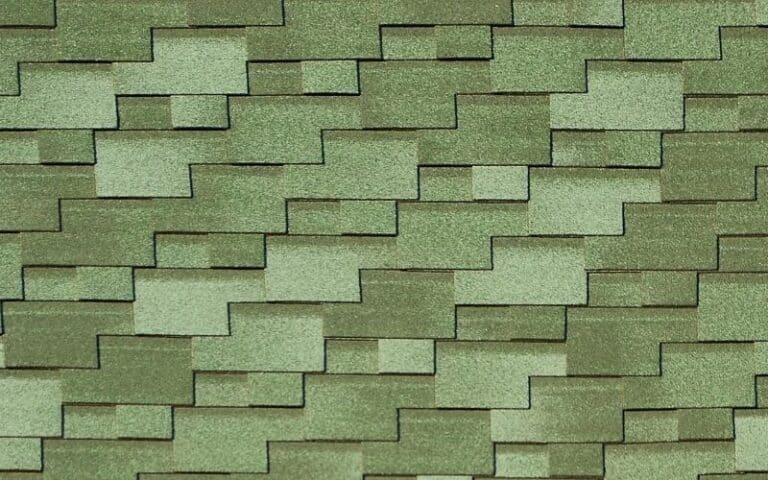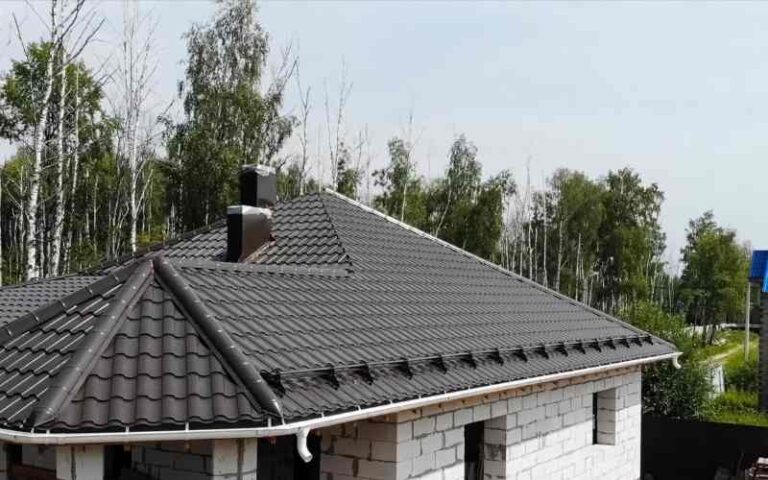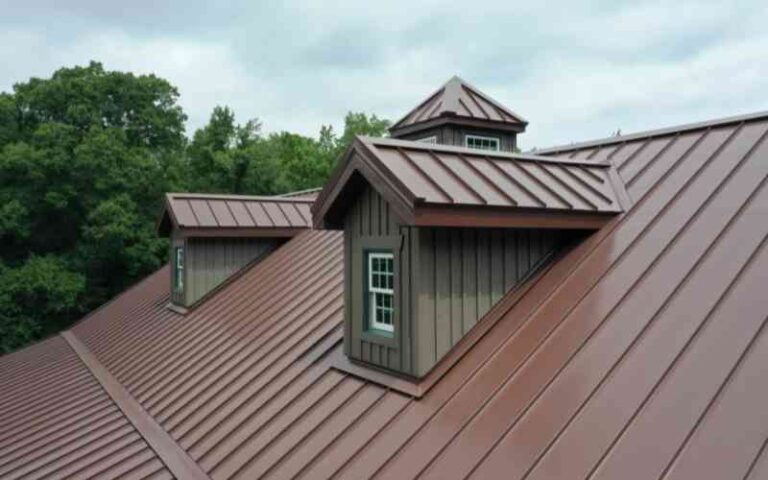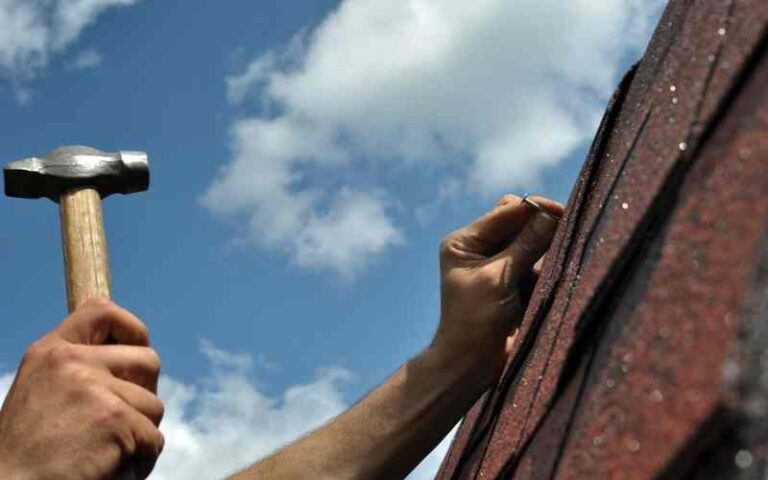When embarking on building projects, you may get stuck between making crucial decisions concerning your building.
These decisions can range from the type of materials you should use, the location of your project, and especially the roofing pattern.
After successfully deciding the type of roof you should use, other questions may come in almost immediately.
For example, if you are working on a hip roof, the best type of support system you should use can become a bother.
In this article, I will give a detailed outline of the importance of collar ties on your hipped roof and if there is a necessary tool for hipped roofs.
Hip roofs need collar ties to add to their structural stability due to external forces or loads. They may be self-supporting, but collar ties help balance the rafters and ridge board on the hip roofs. Collar ties on roofs are not to be smaller than 1X4 lumber and should be placed 24 inches apart for rafter spacing.
Ready for a Roofing Quiz?
When To Use Collar Ties?
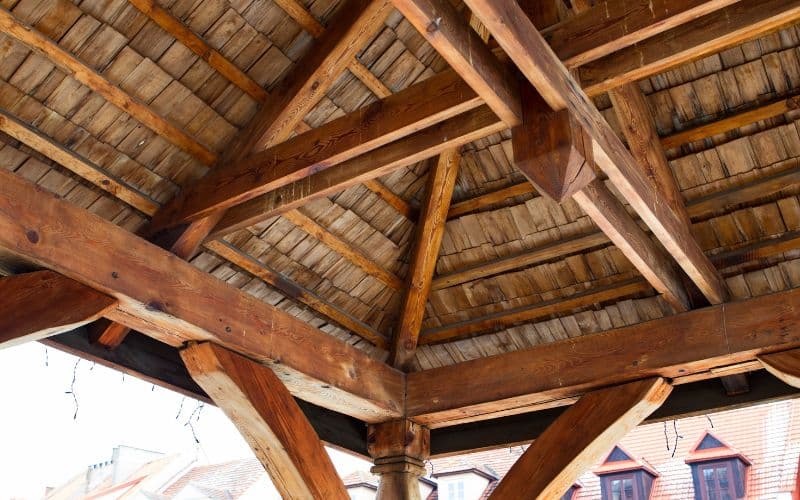
Collar ties get installed to control the edges of rafters from spreading along all the angles on the roofing.
Collar ties are unnecessary for a peaked roof since the floor joists on the roofs also serve as ties and help prevent rafters from spreading to all angles under the roofs.
However, you may use collar ties appropriately in conventional attic roofs. A steeply pitched roof with a slope of at least 6/12 has long rafters, usually stabilizing the roofs when connected to collar ties.
The collar ties, in turn, are installed adequately on each rafter pair. Collar ties play the role of spreaders and not ties on steep sloped roofs.
In other words, they help keep roof edges in place. Collar ties are also essential for low-pitched roofs in areas prone to high wind and hurricanes. It helps in keeping the roof ridges near each other.
How Often Are Collar Ties Required, And Where Are They Placed?
Collar ties are installed in homes with roof rafters. The roof rafters installations are often a pair of rafters joined together at the ridge assembly of the roof.
The ridge board may be unstructured but is an essential tool for rafter attachment.
In addition, collar ties help in roof triangulation, especially when there is wind, snow, or other external loads on the roof.
To this end, rafters become a good structure in a fixed position and have solid firmness, so they do not shift.
Most rafters use collar ties to support their roofs, especially in areas with so much snow, earthquake, and wind.
They help to balance any weight directed on the roofs. However, you can decide to rely on the structural integrity of your roof and not install collar ties on them.
Roofs with no defined angles especially are better off without collar ties. When installing collar ties, ensure that they are giving a well-defined spacing of at least 4 feet apart from each other.
However, in very critical situations, when installing collar ties on rafters, they should be placed on every rafter on the roof with a spacing of 24 inches.
Most people believe that collar ties are responsible for shaping the walls when building, but this is not true because collar toes do not.
In addition, the 2018 International Residential Code does not recognize the use of collar ties on every building.
Furthermore, they are three key features to look out for on collar ties when starting a building project.
- The size
- The collar ties are positioned on the rafters and
- The amount of space between each collar tie
#1. The Size
The exact size of a collar tie is not defined. Instead, it is usually calculated by how much load the roof is likely to withstand or hold.
In this case, since the collar ties are used chiefly for roofs in areas with intense wind and snow, you may want to consider the estimated weight on the roof by checking how much wind there is in your area.
A small collar tie may be at least 1X4 lumber which is usually not as strong or thick as expected.
Most roofers always prefer to use 2X4 lumber instead of the small-sized ones. It gives better sturdiness and stability to the roof, aiding its structural integrity.
#2. The Position
Collar ties, as expected, are placed high in the upper third of roof rafters which are close to the ridge assembly.
They are not advisable to be installed lower as this may lead to strain, improper rafters and ridge board separation.
#3. The Spacing
The space between one collar tie and another falls around four feet apart max. So when timing it, you could say one should place every collar tie one second apart.
Most people assume that collar ties and rafter ties are the same things. However, there are many significant differences between them, ranging from their sizes, their position on the roof, and the amount of space they need apart from each other.
| Ties | Description | Description | Description |
|---|---|---|---|
| Collar Ties | The collar tie size may be measured by calculating the estimated weight that an external load may exert on the roof. However, it also requires thick lumbers of 2X4 nominal, bringing the smallest size of a collar tie lumber to 1X4 nominal. | The collar tie gets placed in the upper third region of the roof rafters, which is close to the roof ridge board. | When timing, the collar tile spacing is 4 ft max or one second apart. |
| Rafter Ties | The size of a rafter tie usually is 2 x 4 or 2 x 6 lumber. Unlike collar ties, they do not use 1 x 4 nominal lumber. | The rafter tie installation should be in the lower third region of rafters close to the ceiling joists. | The spacing for rafters is usually 4 feet and 2 inches apart from each other. |
What Ties Are Best For Hip Roofs?
The collar ties are best for hip roofs. They act as resistance, especially for the intensity of force, wind, snow, and hurricane on the ridge beam.
They also connect opposing rafters to make achieving a solid hold on roofs easier. In other words, they create a balance between the roof ridge assembly by holding them together.
Does A Hip Roof Support Itself?
Yes. Hip roofs are self-supporting. Unlike Gable roofs, they don’t need a well-defined diagonal bracing.
The slanted and sloppy shape of the hip roof gives it a firmer and more sturdy hold on a roof.
They are also resistant to Ice, water, and wind. Its sloppy sides also make it easier for water to be drained off the roofs and for rain and dew to fall off easily.
Hip roofs are recommended for areas prone to strong winds such as hurricanes and in areas with heavy rainfall.
Final Thoughts
Collar ties are highly essential for hipped roofs. Although hip roofs are self-supporting, collar ties help maintain balance on roofs and protect the roof against strong winds.
They are mostly assumed to be the same with rafter ties. However, this is not true because they vary in size, positions on the roof, and even the way you can space them during installation.

